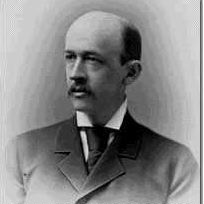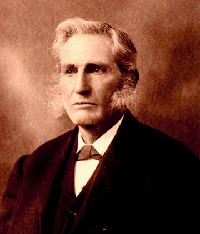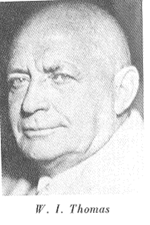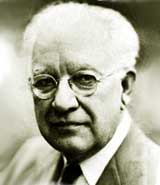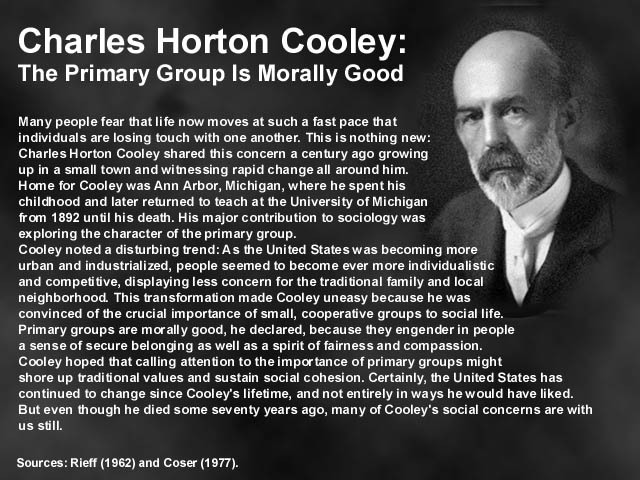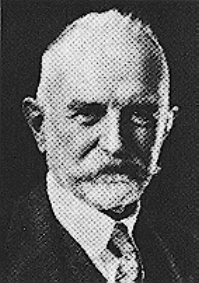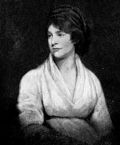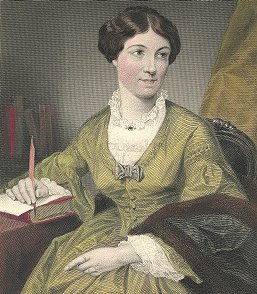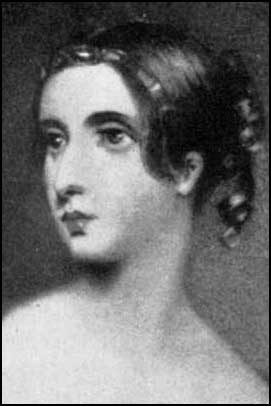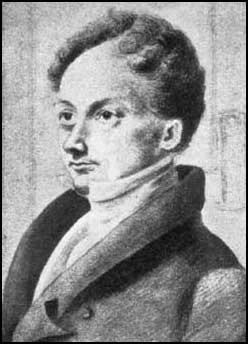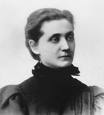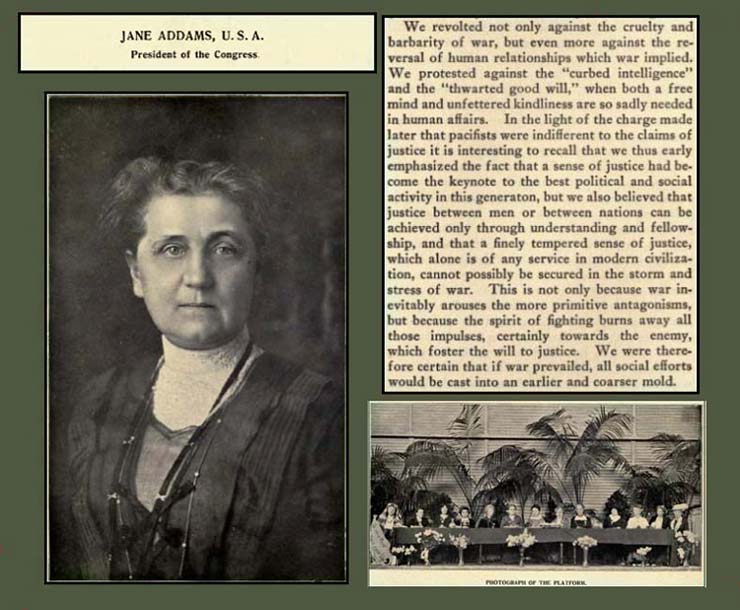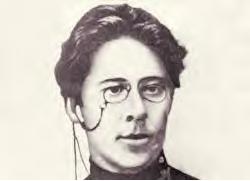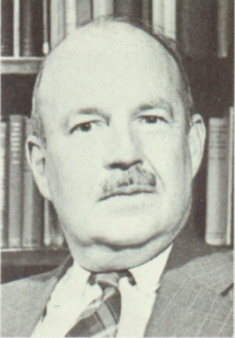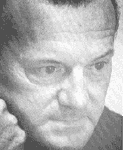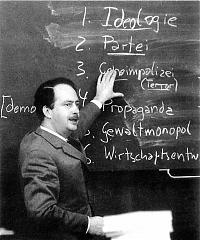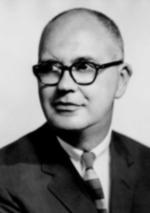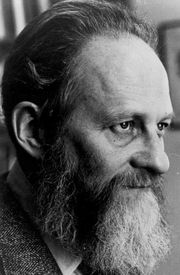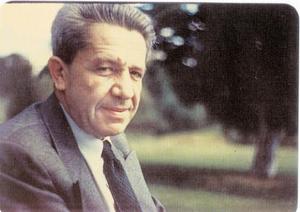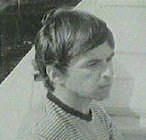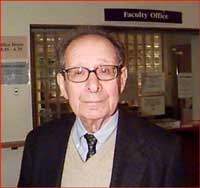|
Links |
|
Links |
|||
|
|
- Biography & Major Works | ||||
| INTRO: SPENCER'S SOCIAL DARWINISM MADE HIM THE MOST WELL KNOWN SOCIOLOGIST | |||||
|
|
Spencer was more popular & widely read than even such important European contemporaries such as Comte, Marx, Durkheim or Weber because his theory was soothing & reassuring to a society struggling through industrialization, urbanization, etc. | ||||
| Spencer was an English philosopher who applied a wide study of the natural sciences & psychology to philosophy & social problems | |||||
| Spencer was a laissez faire Social Darwinist who was influenced by Lester Ward, Charles Horton Cooley, E. A. Ross, & Robert Park | |||||
| SOCIETY WAS EVOLVING, BUT EVOLUTION SHOULD NOT BE TAMPERED W/ BY SOCIAL SCIENTISTS OR OTHERS | |||||
|
|
According to Spencer, society was moving, improving, progressing, evolving | ||||
| Because of this natural, evolutionary, progress, Spencer believed the world should be left alone | |||||
| For Spencer, activities by social scientists, govt officials, activists, social reformers, etc. were outside interference which could only worsen the situation | |||||
| Spencer developed the doctrine of evolution into a social philosophy that could be universally applied to all phenomena | |||||
| Spencer was a materialist in that he dealt only w/ those things which could be compared w/ & related to other things | |||||
| The laissez faire Social Darwinist theory holds that some races & ethnic groups were superior to others, evolution was continuing & superior humans were evolving & evolving their superior social systems | |||||
| SOCIAL SCIENTISTS, THE STATE, ETC. SHOULD NOT INTERVENE IN SOCIAL AFFAIRS | |||||
| The state should not intervene in individual affairs except in passive functions such as protecting people | |||||
| Thus, Spencer, unlike Comte, was not interested in social reforms | |||||
| Spencer wanted life to evolve free of external control |
|
||||
| Social institutions, like plants & animals, adapted progressively & positively to their social environment |
|
||||
| Spencer coined the phrase, "Survival of the fittest" before Darwin & applied it to the social world |
|
||||
| If unimpeded, people who were fit, would survive & proliferate whereas the "unfit" would die out |
|
||||
| Spencer emphasized the individual, whereas Comte focused on the family & other larger units |
|
||||
| THERE IS AN INCREASING COMPLEXITY OF INSTITUTIONS & THEREBY FUNCTIONS / OPERATIONS OF SOCIETY | |||||
| Comte, Spencer & Durkheim were committed to a science of sociology |
|
||||
| Comte, Spencer & Durkheim saw society as an organism where the study of sociology should examine the interrelationship of the parts of society, & the functions of the parts for each other as well as for the system as a whole |
|
||||
| Spencer, like Comte, had an evolutionary conception of historical development, but rejected Comte's law of the three stages |
|
||||
| Spencer's evolutionary theory looked at the size of society as the increased numbers of individuals & compounding, which is the union of groups |
|
||||
| The greater the size of a society, the greater its differentiation of functions, thus making society more complex |
|
||||
| The greater the size of a society, the greater its level of compounding, i.e. the greater the unification of adjoining groups |
|
||||
|
|
The Figure on Spencer's General Model of Evolution shows that social evolution follows a meandering path from pop growth, to differentiation, integration, disintegration, solutions, interdependence or collapse, adaptation, all of which will spur pop growth | ||||
| In compounding, Spencer sees a transition from simple to compound, to doubly compound, & trebly compound organizations |
|
||||
| INDUSTRIALISM WOULD EVENTUALLY MAKE MILITARISM OBSOLETE | |||||
| On war, Spencer saw a transition from militant to industrial societies |
|
||||
| The militant society brings societies together & prepares them for the evolutionary leap to industrialization |
|
||||
| In industrial society, war ceases to be functional because industrialism is based on friendship, altruism, specialization, recognition of achievements, voluntary cooperation, & contractual relations | |||||
| War replaces all these relationships w/ power / force & industrial society replaces power / force w/ altruism, etc. | |||||
| Spencer & many social theorists today believe that modern industrial societies are less warlike | |||||
| SPENCER'S SOCIAL DARWINISM WAS NOT ONLY CRITIQUED BUT ALSO 'ACADEMICALLY EXILED' | |||||
| Spencer's laissez faire Social Darwinism was rejected by any social scientists in the US & Europe who believed that the task of the social sciences was to aid the poor, correct social problems, etc. | |||||
|
|
By the 1930s, Spencer's laissez faire Social Darwinist ideas fell out of favor in the US because they seemed ineffective in light of the massive social problems, a world war, & the Great Depression | ||||
| Even the conservative Talcott Parson's abandoned Spencer's line of thought | |||||
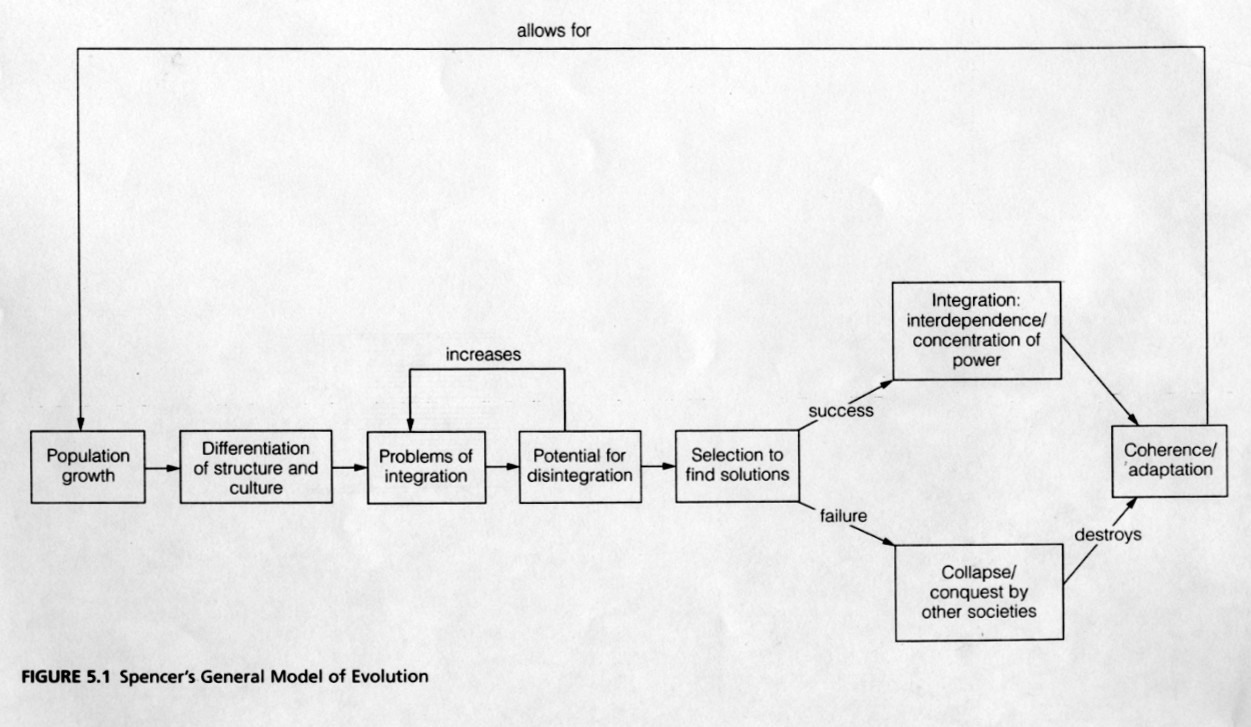 |

Herbert Spencer 1820 - 1903 Born in Derby, England Was educated in technology & was civil engineer for a railway until he was 26 yrs. old Then became editor of The Economist Had insomnia & nervous breakdowns Had an inheritance that allowed him to live as a gentleman scholar Following the Civil War, any educated person knew of & studied Spencer Andrew Carnegie studied Spencer & respected him very highly |
 |
||||
Social Statics. 1850
CVDE
|
|||||
